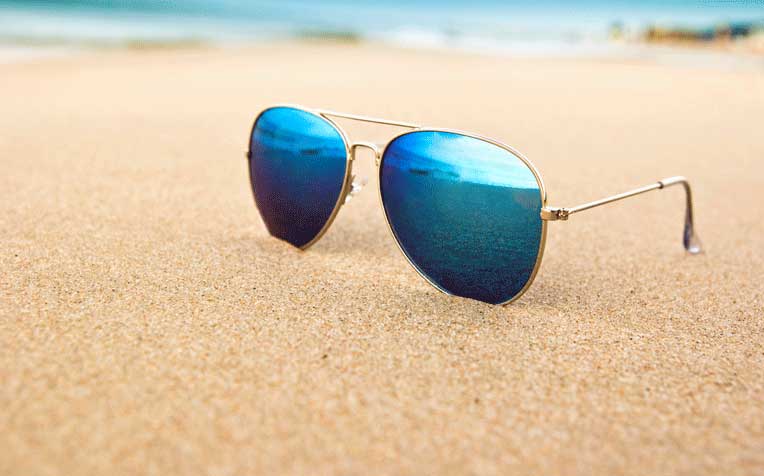
Sunglasses are effective in protecting your eyes from the sun's UV rays.
Watch the video!
Sunglasses may be perceived as a stylish fashion accessory, but in reality they are a key element in maintaining healthy eyes.
Doctors strongly recommend both children and adults wear sunglasses whilst outdoors, to block the sun’s destructive ultraviolet (UV) rays. UV rays can cause a variety of eye ailments, including cataracts, macular degeneration and even skin cancer around the eyelids.
Ms Lisa Ong, Senior Principal Optometrist, from the Allied Health Professional Department at
Singapore National Eye Centre (SNEC), a member of the
SingHealth group, says it is important to invest in a good pair of sunglasses in a climate like Singapore’s, as the abundant sunlight contains UV rays that damage your eyes in the long run.
Factors to consider when choosing your sunglasses
Here are the important factors to consider when choosing a pair of sunglasses:
Darkness of the tint
Colour of the tint
Frame – wraparound glasses provide the most protection
Type of lenses
Ms Ong advises that you should always buy sunglasses that provide a clear statement about how much UV radiation is blocked. “The label should state that the sunglasses block 99 per cent to 100 per cent of UV rays,” she says.
Sunglasses do not need to be expensive to protect the eyes, though very low priced ones may not provide optimal optical clarity. What is important is the label that states the UV protective rating of the sunglasses.
According to the American Food and Drug Administration (FDA), a good way to test the optical quality of your sunglasses is to focus on a vertical edge or line and move your head back and forth, “allowing your eyes to sweep across the lens. If there is any wiggle in the line, then the lens may have an optical defect and you should choose another pair.”
Polycarbonate is a good choice of material for sunglasses as it is impact-resistant and a natural UV blocker. Polarised and mirror-coating sunglasses reduce amount of light transmission but may not necessarily block UV transmission while glass is a bad choice as it is heavy and breaks easily on impact.
Photochromic lenses are effective outdoors since they turn dark in the sun as ultraviolet rays are absorbed, but they do not turn dark while sitting inside a car hence not shielding you from the glare.
Children need sunglasses too!
Children are just as vulnerable to UV rays as they spend more time in the sun than adults. For best UV coverage, they should wear well-fitting sunglasses made from polycarbonate. Children, like adults, should also wear a wide brimmed hat with the sunglasses for added protection when they are spending long hours outdoors. Clothing with UV blocking coating is recommended for additional protection.
The risk of eye damage from the sun is greater at the beach and on the ski slopes because there is an additional intensity of glare and UV rays reflected off the surface of water and snow. “That is why it is important to wear sunglasses with good coverage around the eyes and a darker colour tint to reduce the glare at these places,” says Ms Ong. For activities such as biking, skiing and ball sports, she recommends wearing eyewear designed to provide impact protection.
Since UV rays are present even on a cloudy or a hazy day, it is important to always have your sunglasses on when you are outdoors.
Ref. H24
Check out other related articles:
Contributed by














 Get it on Google Play
Get it on Google Play